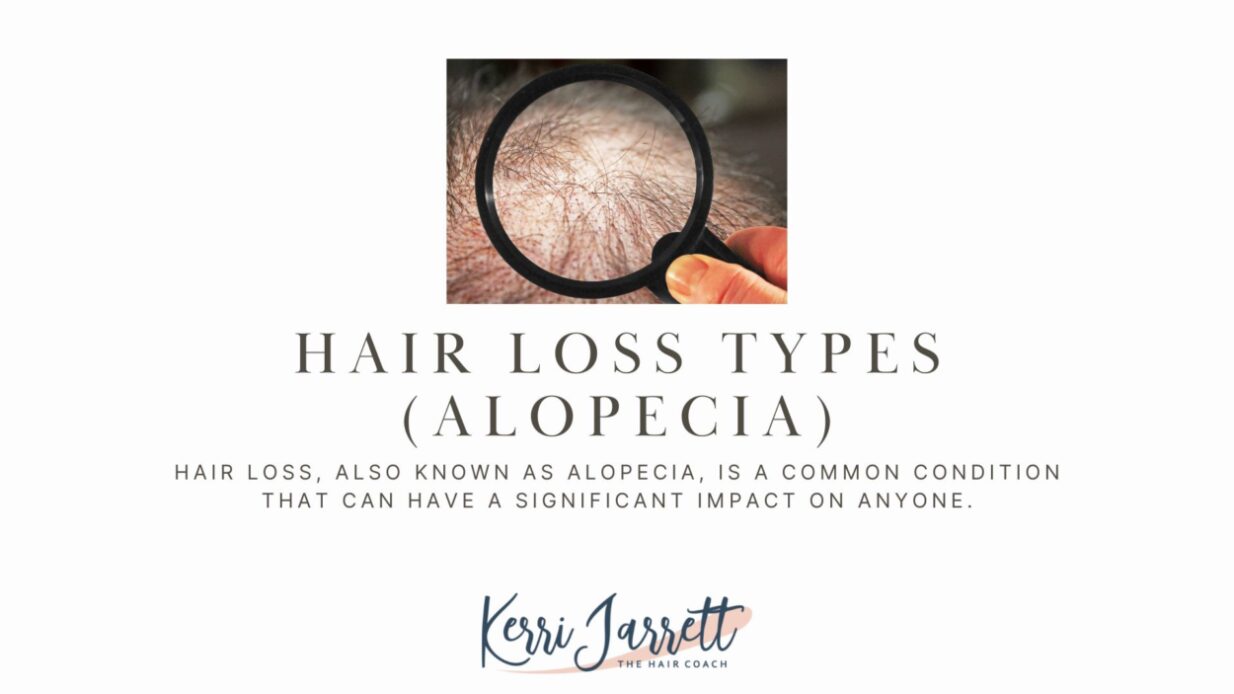Hair loss, also known as alopecia, is a common condition that can have a significant impact on a person’s appearance and self-esteem. It is important to note that there is more than one type of hair loss, we have four main identifiers with sub categories under each with their own unique causes and characteristics.
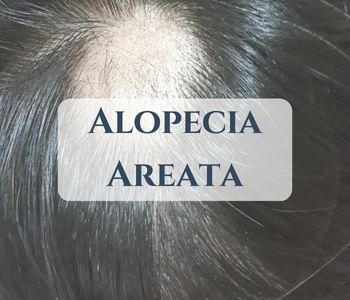
Alopecia Areata is an autoimmune disorder that causes hair loss on the scalp and other parts of the body. It is estimated to affect about 2% of the population and can occur at any age, but is most commonly diagnosed in people under the age of 30.
The exact cause of Alopecia Areata is not known, but it is believed to be a combination of genetic and environmental factors. It is considered to be an autoimmune disorder because the body’s immune system mistakenly attacks the hair follicles, causing hair loss. …

Telogen effluvium is a type of hair loss that occurs when the hair growth cycle is disrupted. It is a common condition that affects both men and women, and can be caused by a variety of factors, including hormonal changes, stress, and certain medical conditions.
Symptoms of telogen effluvium include thinning of the hair on the scalp, and an increase in hair shedding. …
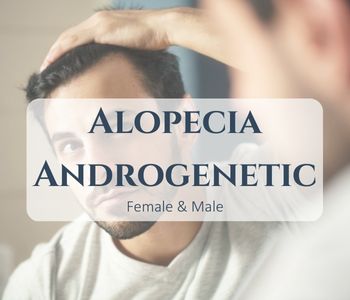
Alopecia Androgenetic, also known as male or female pattern baldness, is a common condition that affects both men and women. It is characterized by a gradual thinning of hair on the scalp, resulting in a receding hairline and/or a thinning crown.
In men, the condition typically begins with a receding hairline and thinning at the crown. This can eventually lead to a complete loss of hair on the top of the head, while hair on the sides and back of the head may remain intact. …
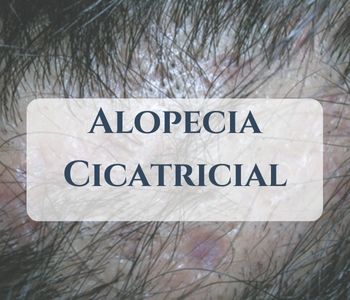
Alopecia cicatricial, also known as scarring alopecia, is a type of hair loss that results in permanent hair loss due to damage to the hair follicles. This damage can occur as a result of a number of different conditions, including autoimmune disorders, skin infections, and burn injuries.
Symptoms of alopecia cicatricial typically include hair loss, itching, and redness or inflammation in the affected area. In some cases, there may also be scarring or changes in the texture of the affected skin. …
Other Forms of Hair Loss

Trichotillomania, also known as hair-pulling disorder, is a mental health condition characterized by the recurrent and irresistible urge to pull out one’s own hair. This hair-pulling can occur from any part of the body, but most commonly affects the scalp, eyelashes, eyebrows, and pubic area.
Symptoms of trichotillomania can include noticeable hair loss, bald patches, and a sense of tension or anxiety before and during hair-pulling episodes. Many individuals with trichotillomania also engage in behaviors such as biting, chewing, or swallowing the hair they pull out, which can lead to additional health complications such as intestinal blockages or infections. …
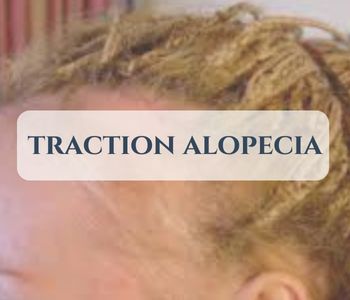
Traction alopecia is a type of hair loss that occurs as a result of constant pulling or tension on the hair roots, commonly seen in incorrectly applied Hair Extensions or over use of Hair Extensions. This pulling can be caused by a variety of factors, including tight hairstyles, hair extensions, and hairpieces.
One of the most common causes of traction alopecia is the use of tight hairstyles, such as braids, cornrows, and ponytails. These styles put a lot of pressure on the hair roots, which can lead to hair loss if left in place for long periods of time. …
Why Do I Need An Assessment?
In order to determine an appropriate hair loss or scalp condition treatment, it is necessary first to identify the specific cause(s); during your comprehensive trichological evaluation with a full case history. Then, specifically detailing health, diet, stress, genetics, lifestyle, and environmental influences on your hair and scalp, we will discuss possible causes and suggest treatments or solutions that will help improve your condition and appearance. The Hair Coach helps NOT to diagnose but to find the root cause and solution for you and what will help improve your hair, health, and appearance.


